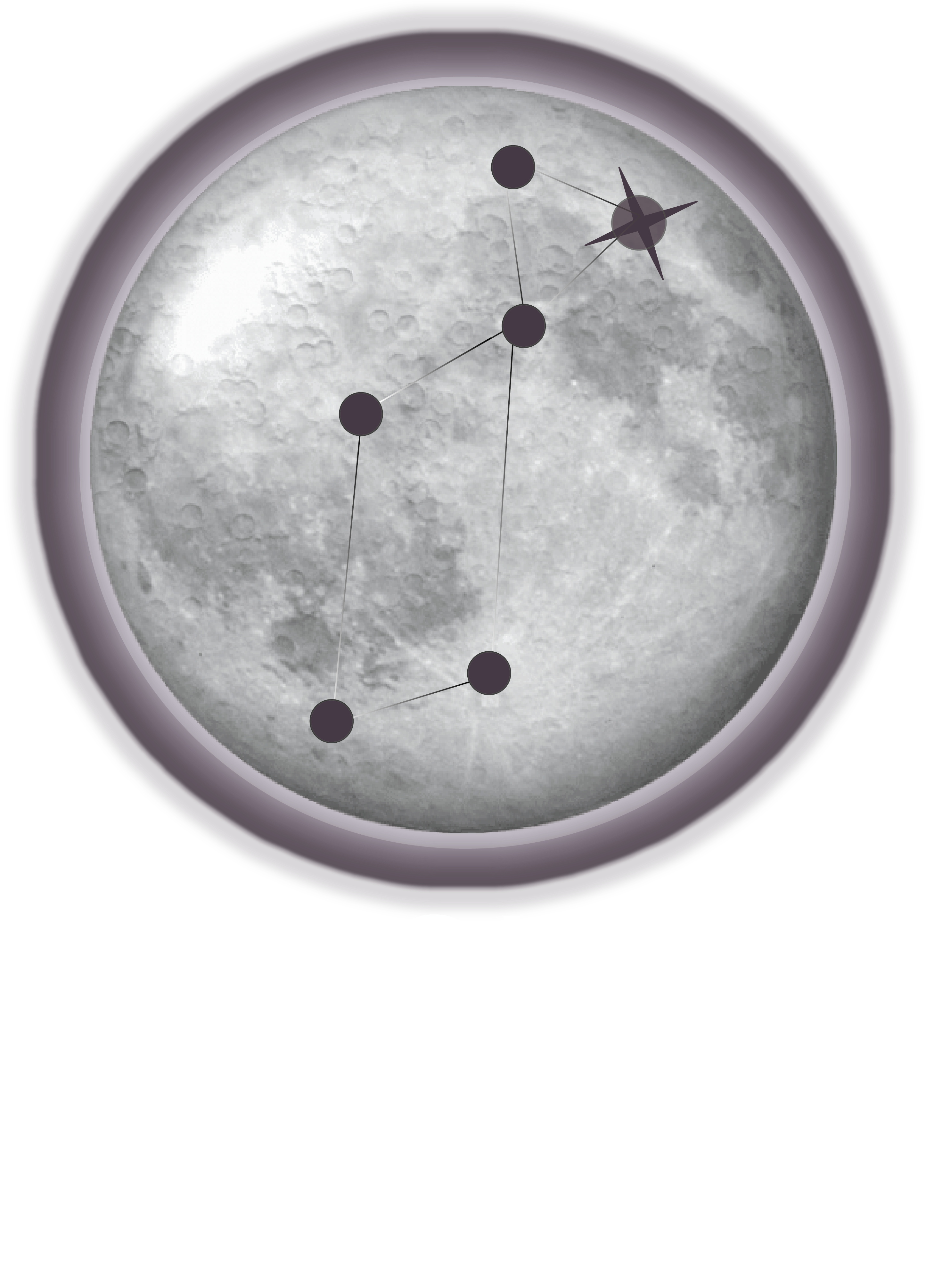Short and sweet, a retrograde planet is an astronomical phenomenon whereby it ‘appears’ to be moving backwards in the sky (from Earth’s perspective), although it really is not.
Going a bit deeper into the understanding of these occurrences, it is important to give a little bit of background and foundation. First and foremost, it is necessary to freshen up our understanding of our solar system and the movement of the planetary bodies.
The image to the left is a visual representation of the planets and the order of their orbits around the Sun. (Important to note that this is NOT to scale, yet for the sake of ‘keeping things simple’, will do).
The Sun is located at the center of our Solar System, and does not move in reference to the other planets; rather the planets from Mercury to Pluto orbit around the Sun, each at their own pace; however keeping in mind that they are also in order as to how fast they move – meaning the closer to the Sun, the faster and vice versa.
In addition to this, because the planets are closer to the Sun, they have less distance to go to orbit around it; hence each planet will be at a different point in its orbit around the Sun at a given time.
So why would planets ‘appear’ to be moving backwards in the sky, yet not really be moving backwards?
Well for this, a mental visual of watching a child on a Merry-Go-Round ride is a helpful one to use…..
So here to the right is an image of a child on a Merry-Go-Round. Looking at this photo and applying it as an analogy to the Solar System, the person who took the photo (the one behind the camera) would represent the Earth; the center of the Merry-Go-Round would be the Sun, and the child on the Merry-Go-Round the planet in question (of course, since only two planets are between the Earth and the Sun – namely Mercury and Venus – it would have to be one of these two given this particular example).
Now, given what we know of Merry-Go-Rounds, it is clear in this picture that the child is moving from left to right (from the perspective of the person who took the photo – representing the Earth), however as the child continues to make a circular loop along with the Merry-Go-Round, eventually she will appear to move from right to left (meaning your head will move from right to left, rather than left to right, as you follow where she is.
This is essentially how we differentiate between a ‘Retrograde’ planet versus a planet going in ‘Direct’ motion (keeping in mind that ‘Direct’ motion goes counter-clockwise…the planets move around the Sun in a counter-clockwise fashion).
So in this example, where the direction the child is moving is actually ‘retrograde’, and she will go “direct” when we start seeing her moving from right to left from our vantage point.
So let’s take a look at how this analogy actually applies to a particular Planet with the lovely help of SolarSystemScope.com (a fabulously fun tool to check out). I will use Mercury since it goes retrograde more often than the rest (hence why most people know of it).
This is Mercury on March 17th, 2023 at the exact opposite side of the Sun from Earth’s persective (what we call a Superior Conjunction – where the Sun and Mercury appear to be together in the sky from Earth’s perspective).
In this case, from Earth’s vantage point, Mercury (traveling counter-clockwise around the Sun, as all planets do) is moving from right to left, hence it is in DIRECT motion (or normal motion).
And…this is Mercury on May 2nd 2023 directly located between the Earth and the Sun (what we call a Inferior Conjunction in Astrology which always occurs during a Retrograde – again, where the Sun and Mercury also appear to be together in the sky from Earth’s perspective, yet this time Mercury is on the same side of the Sun as the Earth).
In this case, from Earth’s vantage point, Mercury (traveling counter-clockwise around the Sun, as all planets do) is moving from left to right, hence it is in RETROGRADE motion (or appearing to be moving ‘backwards’).
So that is the scientific difference between a ‘Retrograde’ planet versus a planet in ‘Direct’ Motion, in a nutshell.
Okay, so what is the big deal?
Well, when a planet ‘goes Retrograde’, or starts moving from left to right from Earth’s perspective, believe it or not we tend to internalize the qualities of that planet’s influence. For example, in the case of Mercury which influences our communication and expression, we tend to get introspective about decisions and rethink our course of action or perspective on something; whereas while it is ‘direct’ we tend to be more decisive, expressive and confident with our thinking.
It goes a little deeper than this, more nuances to the ‘Retrograde Process’, but this is a good starting point to get a basic understanding of a ‘Retrograde Planet’.





